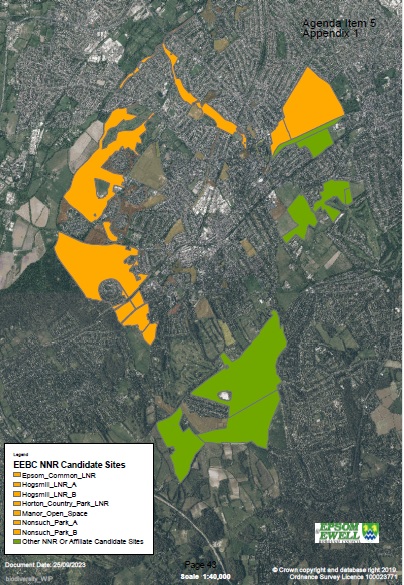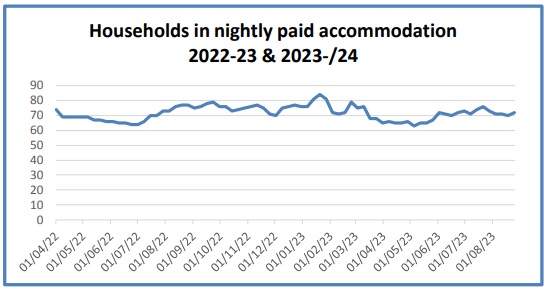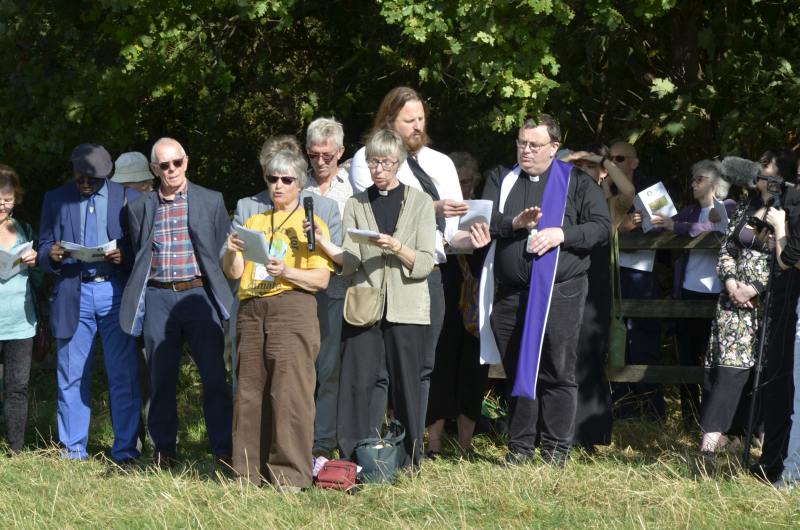In a saga that has left many residents scratching their heads, a seemingly routine footbridge closure in Epsom has morphed into an unexpected and prolonged headache. The bridge, over the railway line connecting Castle Road to Epsom Common, which was initially shut down at the end of February, has confounded locals with its persistent downtime, offering more questions than answers.
Initially, the bridge’s closure seemed to be prompted by some mysterious “movement,” which had caught the attention of passersby and authorities alike. However, the reasons behind this decision were left shrouded in mystery.

A brief flurry of activity was seen shortly after the initial closure, with residents hopeful that the issue would be resolved. But this optimism was short-lived. Fast forward to late July, and the mystery deepened as news surfaced that the bridge had been closed due to the discovery of an electricity cable. Many were left puzzled as to why such a discovery had not been anticipated in the first place, leaving the community without their bridge connection.
Since August, the situation appeared to be inching towards a resolution, as services crossing the railway were reportedly lifted and temporarily attached to the bridge’s parapet. Work was ongoing, although without any obvious sense of urgency. In late September, Surrey County Council dropped a bombshell, renewing the closure order for an additional six months, prolonging the ordeal for beleaguered locals.
Chris Grayling MP, brought some semblance of hope when he announced that Network Rail expected the bridge to finally reopen in November. However, skepticism lingered, and residents continued to endure the inconvenience of the ongoing closure.
The closure’s ramifications have rippled through the community, prompting discussions between the Epsom Common Association and Epsom and Ewell Borough Council, although the influence of both parties on the situation remains in doubt. Notably, the footpath diversions on the bridge’s north side have proven problematic, especially as they traverse areas that traditionally transform into quagmires during the winter months.
In an effort to mitigate these challenges, the community proposed an extension of rubber mats to cover all unpaved sections of the diversion route. Though the Council has been in contact with contractors to address this issue, it offers little comfort to those who rely on the bridge for daily crossings.
Adding a twist to this already puzzling tale, Cllr Steven McCormick (RA Woodcote and Langley Vale) has stated “Following excavations on site, the understanding of how dire the condition of the bridge has started to come to light. Due to the extent of the movement of the bridge and the size of the cracks visible only beneath the surface, it was deemed not safe to excavate further with machinery.”
Engineers were brought to the site to investigate the matter further, and their conclusion was nothing short of alarming – the bridge, it appears, is in such a precarious state that it must be demolished and replaced. This revelation has shaken the community, as further ground investigations are planned to determine suitable foundations for the new bridge.
In light of this troubling development, it seems that the footbridge will remain inaccessible until further notice, casting a shadow of uncertainty over the community’s daily routines.
Image courtesy Epsom Common Association




